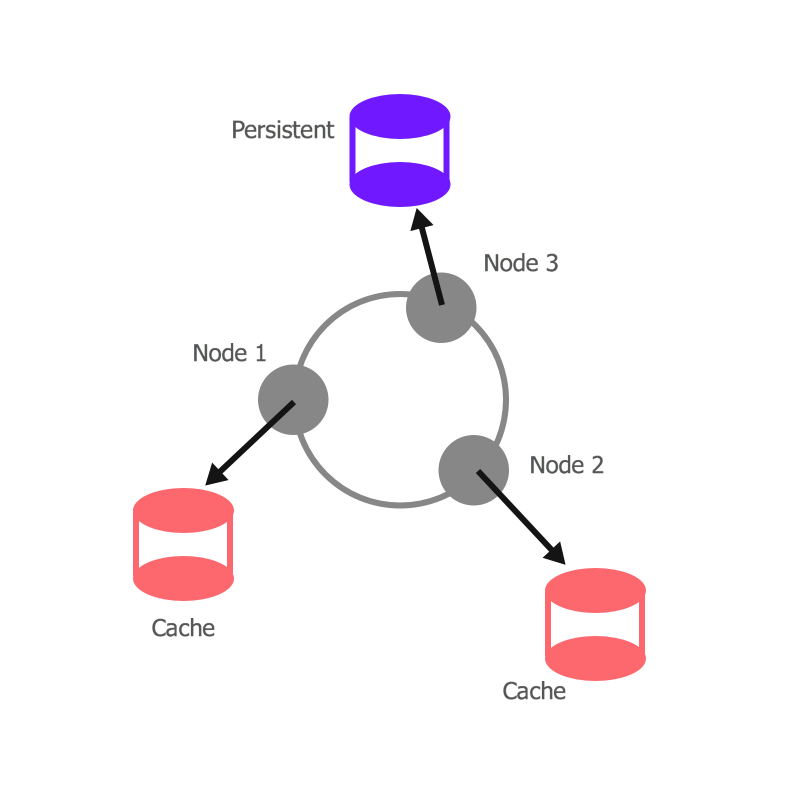JustinDB - Pluggable persistent and in-memory storage engines
Preface
JustinDB was built with a mind of a modular architecture that supports pluggable backends. It simply means that you can still use all its features along with different backends to support a variety of use cases.
Interface
There is only on requirement that needs to be considered into account while implementing your own JustinDB’s storage backend - PluggableStorageProtocol interface (you can find it here). Its neat and simple because only defines two operations:
- GET
- PUT
One for fetching data, another one for putting them into. Since they may cross the boundaries of our system (in order to make IO operations) both adress asynchronicity.
Benefits ✴️
The main reason for designing a pluggable persistence component is to choose the storage engine best suited for an application’s access patterns.
Currently there are two implementations of the interface that JustinDB can work with:
- in-memory: it has nature of cache
- persistent (big WIP though): this allows to infinitely store data
For example, you can combine JustinDB with In-Memory module to use it as a big data cache. Alternatively, you can setup another cluster that combines JustinDB with Persistent module as a big data database. Last but not least we are even able to define storage module per cluster node so that some of them can act as a cache and others like typical database.

How engine is loaded 🔥
It uses reflection:
object JustinDriver {
def load(clazz: String): PluggableStorageProtocol = Class.forName(clazz)
.newInstance()
.asInstanceOf[PluggableStorageProtocol]
}Exemplary usage taken from project (can be found here):
val storage = JustinDriver.load(config.getString("justin-db.storage"))It just reads path to implementation of PluggableStorageProtocol interface from project’s config value e.g. justin.db.storage.InMemStorage